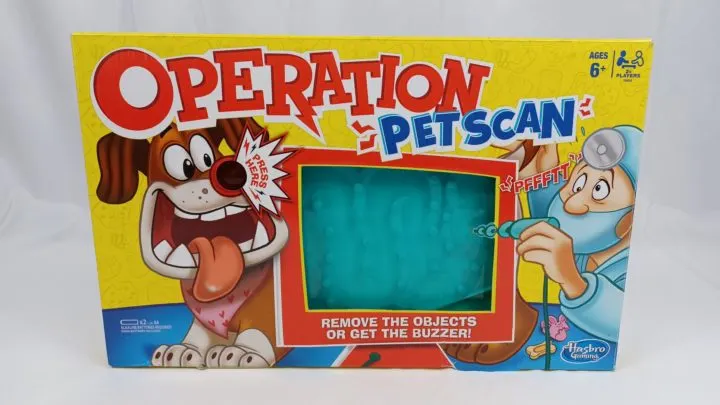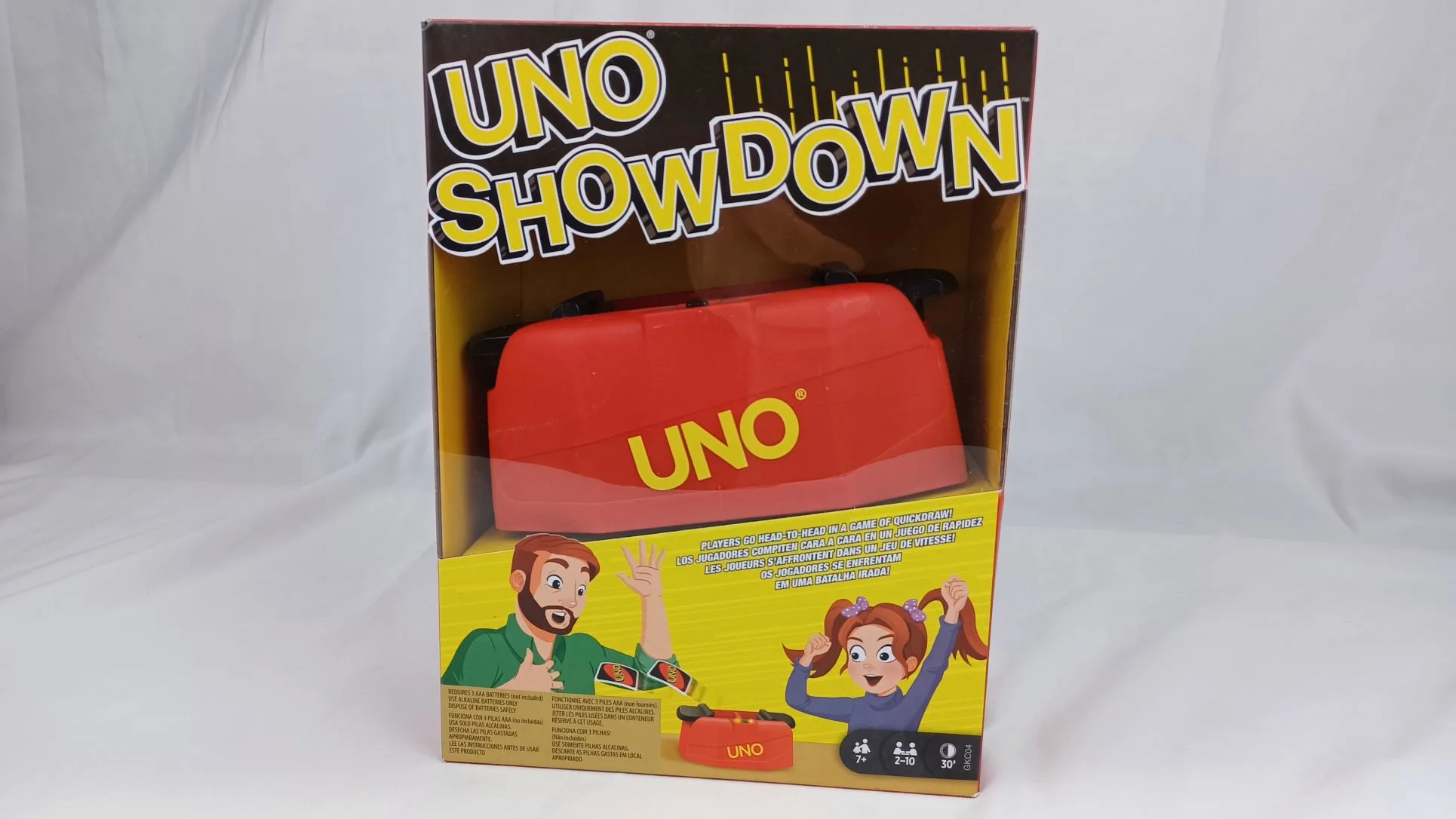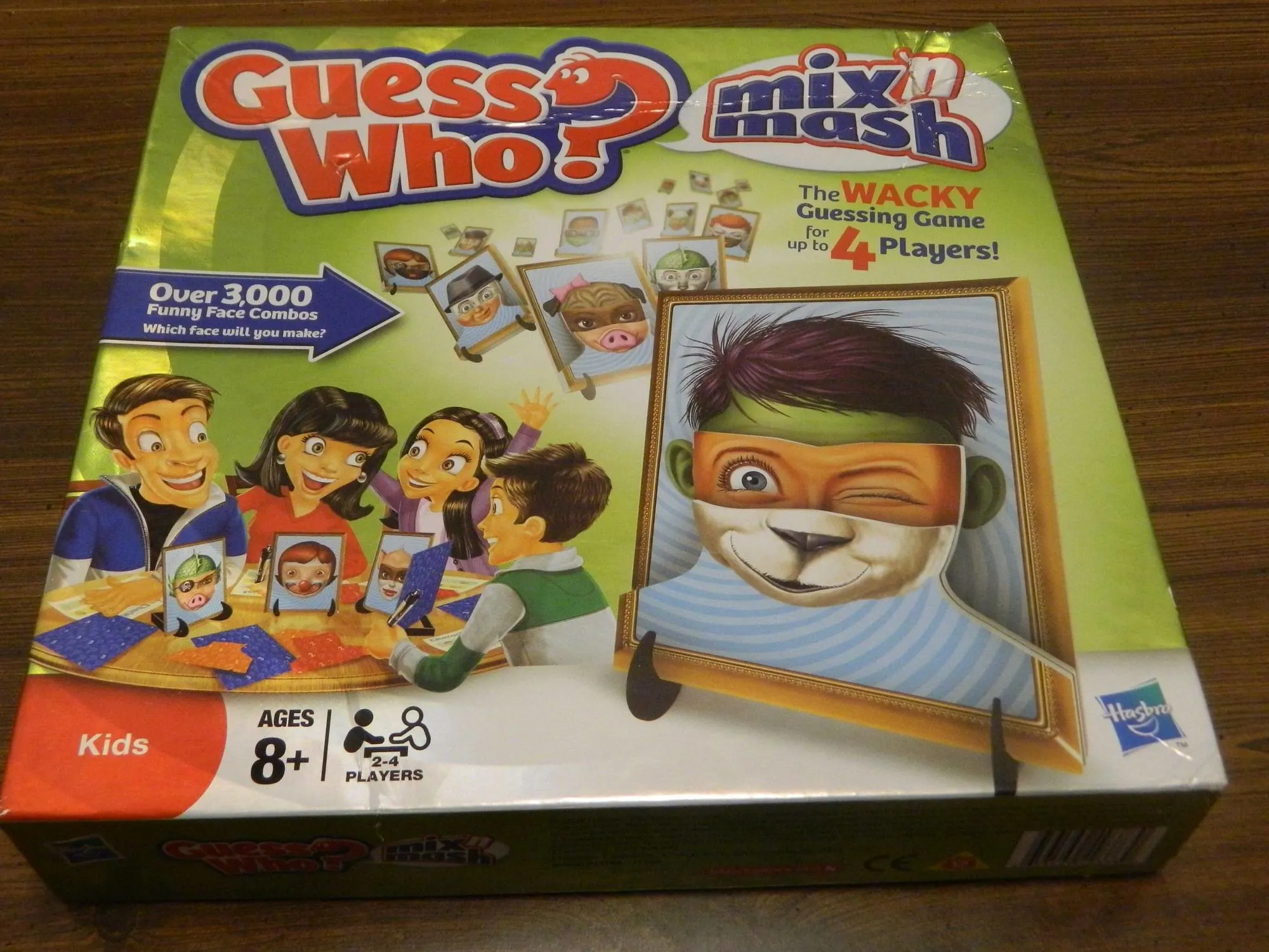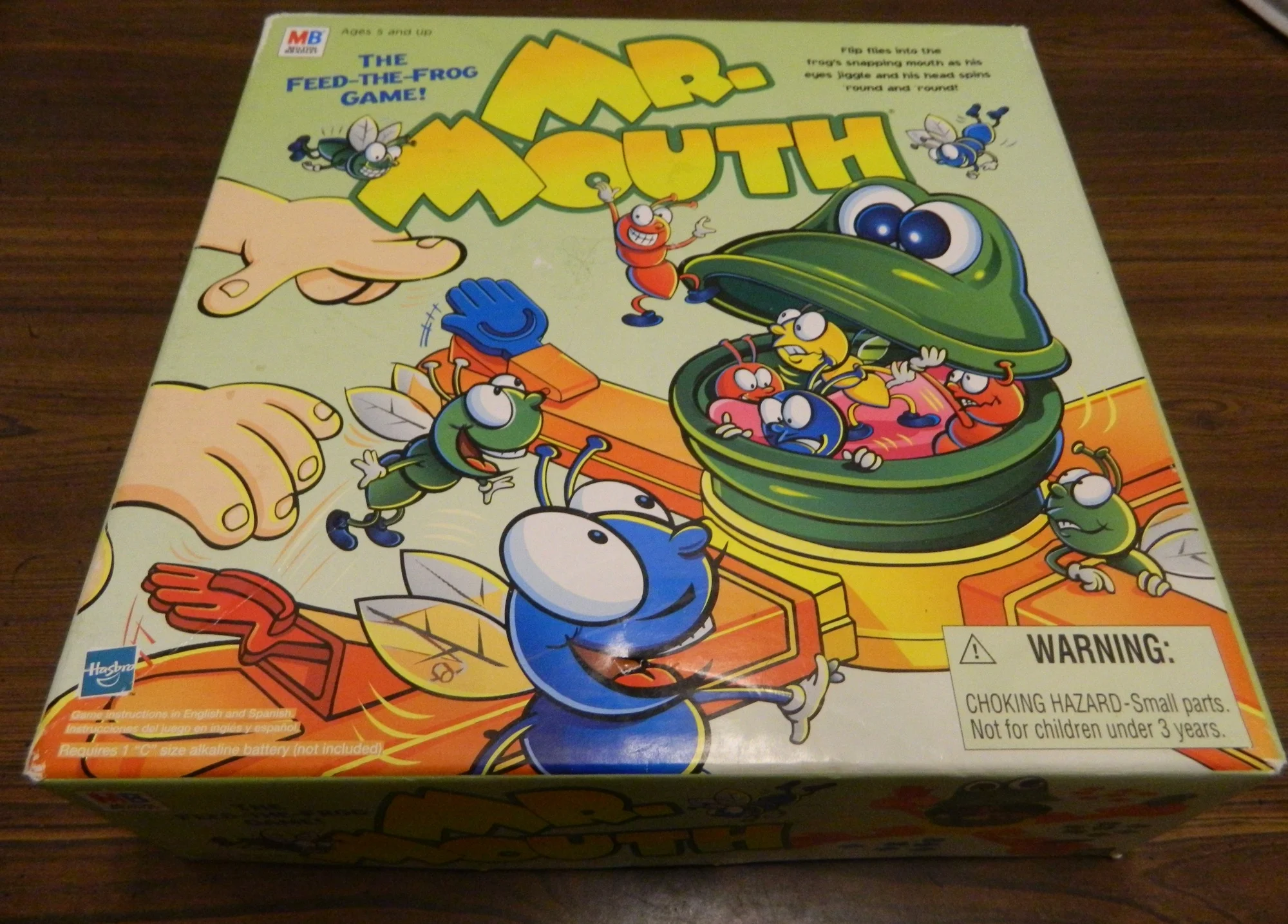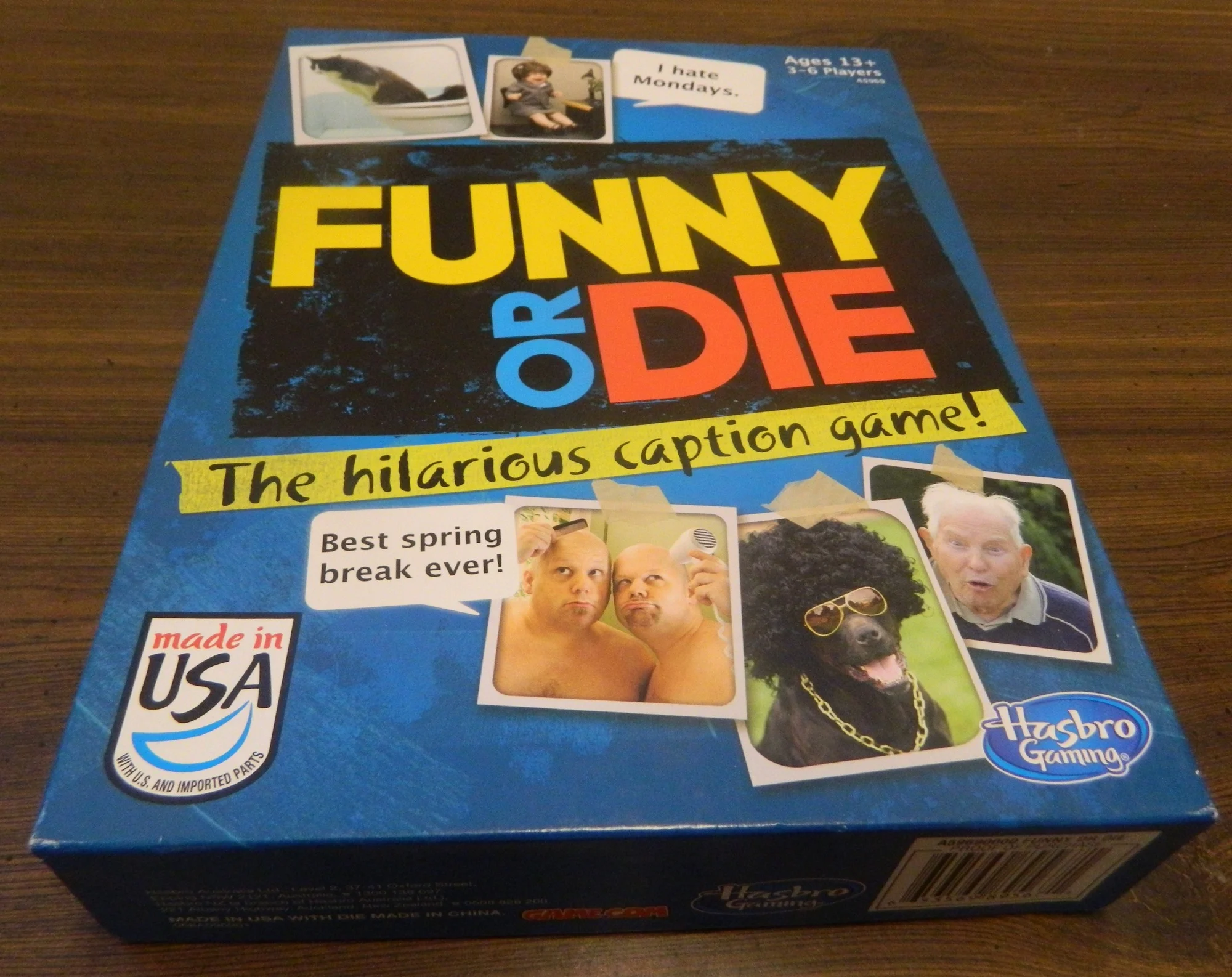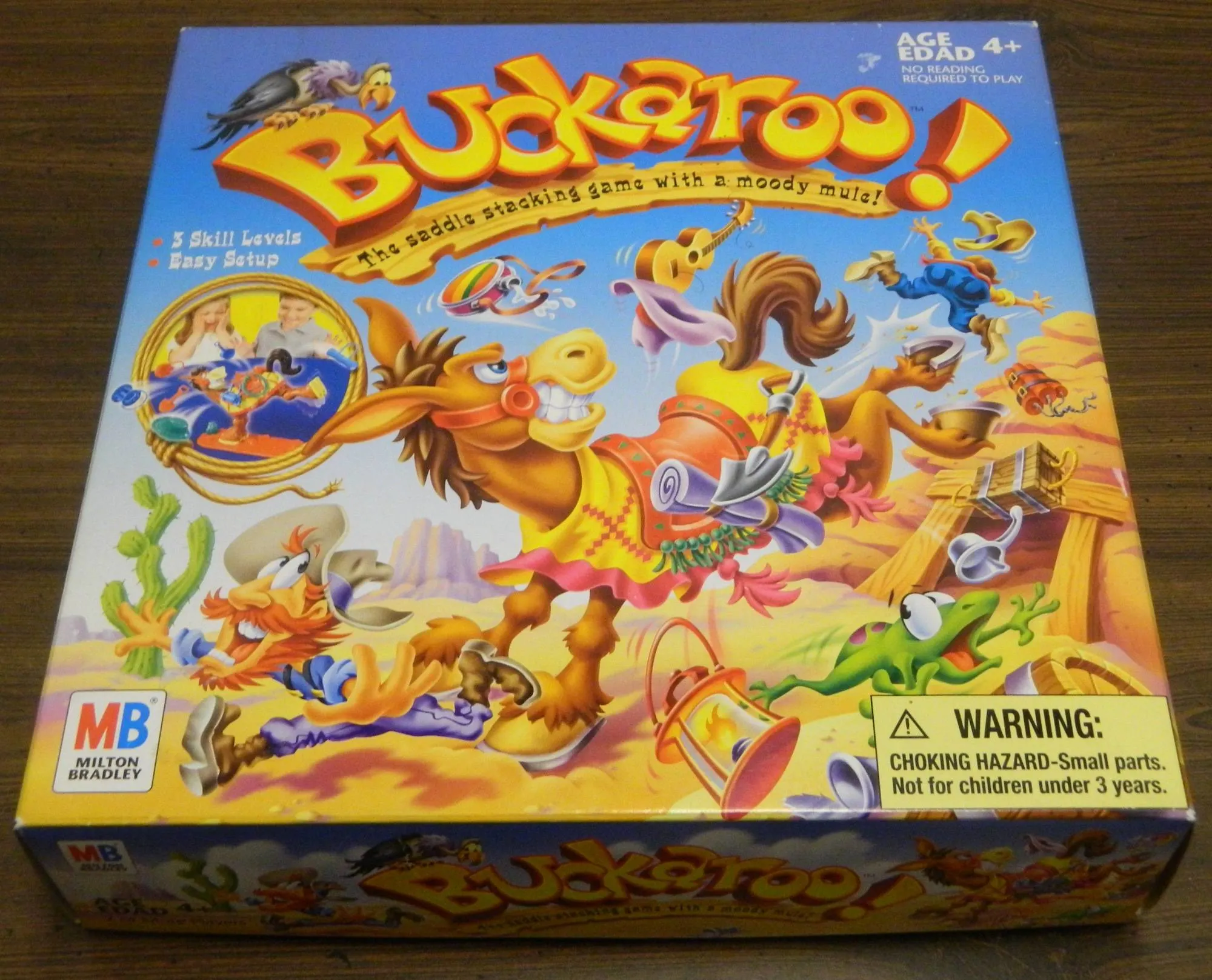Originally released back in 1965 Operation is generally considered a board game classic. I personally don’t have strong feelings about the game. I don’t dislike it, but I wouldn’t say it is great either. As a kid I was always kind of anxious playing the game as it was stressful when the buzzer suddenly went off. The game has been really successful though leading to a lot of different games. One of these games was Operation Pet Scan which was original released back in 2020.
Instead of being a surgeon like in the original game, you play as a veterinarian treating a dog with a propensity to eat things that it shouldn’t. I was kind of curious how an Operation spin off game would actually play. Operation Pet Scan is an interesting twist on the formula that can be fun in short doses despite some of its issues.
Outside of the name and the general theme of playing as a doctor/veterinarian, Operation Pet Scan doesn’t actually share a lot in common with the original game. In the original Operation you use a pair of tweezers to carefully remove objects from inside a body. In Operation Pet Scan you use a magnet to pull objects through the dog’s digestive system. You need to be careful when moving the objects since if they become detached from the magnet the buzzer will sound, and the object will fall out of the dog’s belly. Whichever player is able to successfully remove the most objects from the dog will win the game.
If you would like to see the complete rules/instructions for the game, check out our Operation Pet Scan how to play guide.
Heading into Operation Pet Scan I didn’t know exactly what to expect from the game. The gameplay of the original Operation is pretty set in the stone. A spinoff would have to go in one of two directions. You could go with a game that slightly tweaks the original game to either make it more difficult or a different experience. The other option was to take a more broad approach to the franchise. This is what Operation Pet Scan chose to do. While the game shares a similar premise to the original game, it does feel like its own game.
I can’t think of any specific games off the top of my head, but there are a number of games that utilize a premise similar to Operation Pet Scan. This idea of using a magnet to move objects through a maze/course has been used by a number of games in the past. It is an interesting idea for an Operation game though. Basically instead of navigating a set of tweezers through small openings in the body, you need to carefully move the objects through the body with a magnet.
In theory I liked the premise behind Operation Pet Scan. I haven’t played many games that have utilized magnets to move an object through a course, but it is a fun enough mechanic. I ultimately had some fun playing the game. There is some skill required to do well. The board has a number of sections that are rougher which will make it much easier for the magnet to disconnect from the object that you are moving. These sections basically create a path that you need to follow. You also need to deal with some of the objects’ odd shapes. Along the path are a number of pegs that hold the board together. You will sometimes need to reposition items with the magnet in order to squeeze them through these areas.
I had some fun playing Operation Pet Scan. It is far from a deep game, but it does its job well enough. It is enjoyable trying to navigate the obstacles through tight spaces. There are sections where it will be a close call whether you get the object through or not. Operation Pet Scan was obviously designed for children, but I could see some adults enjoying it as well. If the premise sounds like something that you would enjoy, I think you will.
Operation Pet Scan is very simple game. It could be taught to new players within minutes. All there is to the game is trying to move objects through the path. The game has a recommended age of 6+ which seems about right. I think there are a lot of things that younger children will enjoy about the game. The game plays a bunch of sounds that some may find kind of gross/silly. I think younger children will really like them. If the premise is something that your kids/grandchildren typically like, I think they should have quite a bit of fun with Operation Pet Scan.
The game also plays rather quickly. It ultimately will depend on how good the players are at removing the objects. You can fly through the game if players rarely fail. The game could take quite a bit of time if the players struggle though. I would guess most people could finish the game within 10-20 minutes. I think the shorter length is a positive. If the game was a lot longer, I think it would have started to drag. The game will likely work better if you play one or two games, and then put it away for another day.
On the surface there are quite a few things that I liked about Operation Pet Scan. The problem is that the game has three issues which stop it from being as good as it could have been.
The biggest problem with the game is just the fact that it doesn’t work as well as it should. The whole game just feels a little finicky at times. The magnet is relatively strong in the Dog-o-scope and the objects usually move well with it. There are times when the objects don’t move smoothly with the magnet. The biggest issue is that the objects will sometimes fall off the magnet unexpectedly. Some of the objects just seem to stick better to the magnet than others. You sometimes will be moving along smoothly and then the object will just come off. I am not really sure why this happens.
Objects coming loose from the magnet create their own issues. The game’s buzzer goes off when the magnet becomes detached from an object. You would think this means that you failed and it is the next player’s turn. Sometimes the objects will fall out of the hole in the belly region, and it is obvious that you lost. Other times though the objects will get stuck in the gameboard.
At this point your group needs to come up with a house rule in order to handle these situations. The official rules say “If the ailment falls out of Rex-Ray’s belly, your turn ends.” It says nothing about what happens if the buzzer goes off but the ailment does not fall out. The last section of the gameboard is designed in a way where even if you lose an object, it likely won’t fall out of the belly. If you follow the rules as they are written, you can pick up the object and keep moving it if it doesn’t fall out. This feels against the spirit of the game though.
When you aren’t dealing with problems created by the components, you have to deal with the fact that the game is not particularly difficult. If you use any degree of caution while playing, you are unlikely to lose an object on your turn (unless the components decide to not work right). When you take your time, you really have no chance of dropping the object. You can even move pretty quickly as long as you slow down when the object gets stuck in one of the barriers. Otherwise you aren’t going to encounter many issues while playing the game. The game was meant for young children, so this isn’t too surprising. I wish the game was a little more challenging though. Maybe it could have even included a number of different screens which offered different difficulty levels.
The final complaint that I had with Operation Pet Scan is the fact that there isn’t much to do when it isn’t your turn. In the original game you could at least watch the other players try to complete their challenge. This is not really possible in Operation Pet Scan unless all of the players sit facing the same direction. The gameboard is stood up while playing, blocking the others players from seeing what you are doing. In many cases your only inclination of what the other players are doing is when the buzzer goes off. I don’t really know what the game could have done to fix this, but it does lead to the game being kind of boring when it is not your turn.
Ultimately I had conflicted feelings about Operation Pet Scan. In theory the game could have been pretty good. The gameplay shares some things in common with the original game, but it is also its own game. The gameplay isn’t particularly deep, but it is still kind of fun. Using the magnet to move objects through the board without dropping them can be fun. The game plays quickly and is easy to play. While the game can be fun at times, there are issues with the components. The buzzer will sometimes go off at random times, and you will drop objects but they won’t fall out of the board. The game can also be kind of easy, and there isn’t much to do when its not your turn.
I think the decision about whether to purchase Operation Pet Scan comes down to your thoughts on the premise and if you can deal with some of these issues. If the game doesn’t sound all that interesting, I don’t see it being for you. If the game sounds interesting and you can deal with the issues, Operation Pet Scan may be worth checking out.
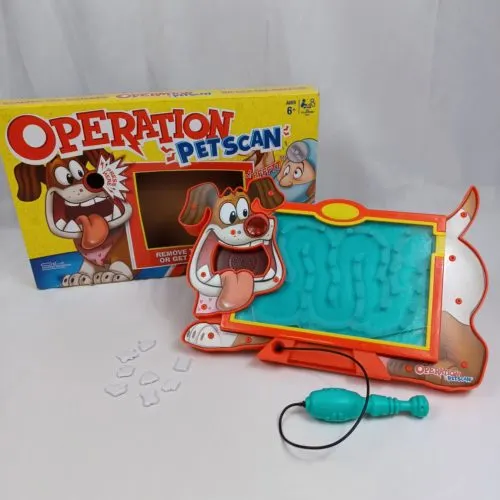
Operation Pet Scan
Year: 2020 | Publisher: Hasbro | Designer: NA | Artist: NA
Genres: Children’s, Dexterity
Ages: 6+ | Number of Players: 2+ | Length of Game: 10-20 minutes
Difficulty: Light | Strategy: Light | Luck: Light-Moderate
Components: Pet Scan game unit, 8 plastic ailments, instructions
Pros:
- Its kind of fun trying to move the objects through the path with a magnet.
- Easy to play and plays quickly.
Cons:
- The components don’t always work as well as they should.
- Can be kind of easy.
Rating: 2.5/5
Recommendation: For those interested in the premise and can overcome the game’s issues.
Where to Purchase: Amazon, eBay
Any purchases made through these links (including other products) help keep Geeky Hobbies running. Thank you for your support.

